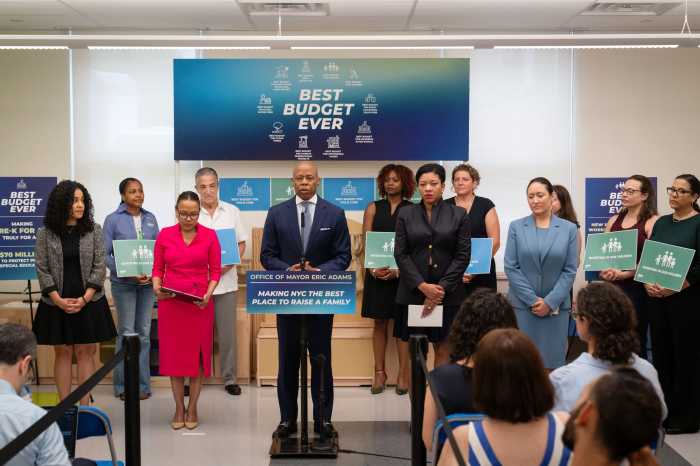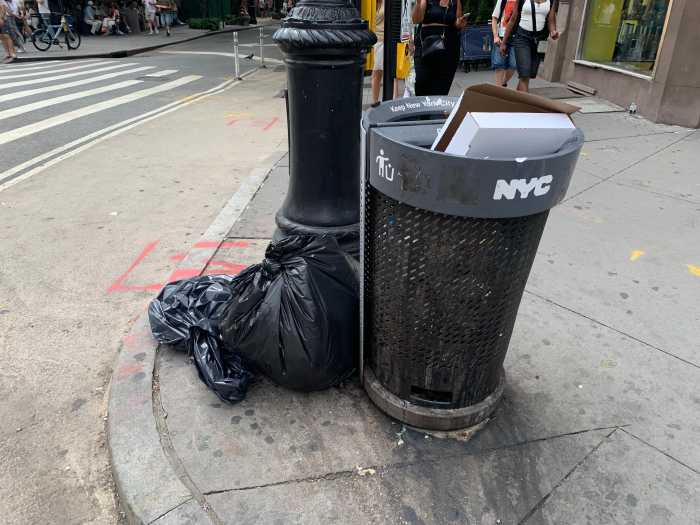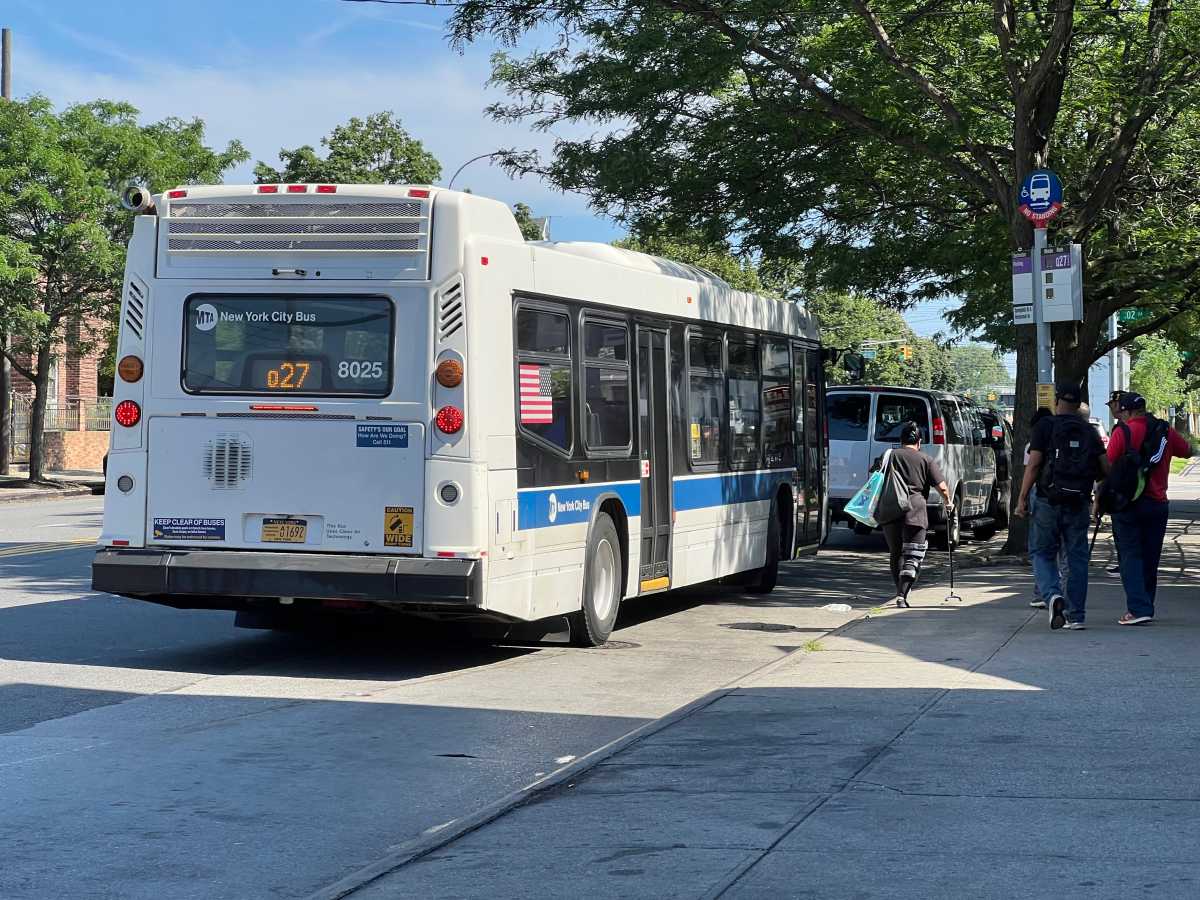Volume 80, Number 28 | December 9 – 15, 2010
West and East Village, Chelsea, Soho, Noho, Little Italy, Chinatown and Lower East Side, Since 1933
Editorial
Time to sunset the L.M.D.C.
On Friday David Emil announced he would no longer be able to serve as the president of the Lower Manhattan Development Corporation. He will however remain with the corporation, in a part time role with the sole responsibility of seeing the demolition of 130 Liberty, the former Deutsche Bank building, through to completion.
His departure presents an opportunity to take stock as it pertains to the agency’s future. David personally told us he indeed believed the agency was very close to being able wave the “mission accomplished” banner, and we wholeheartedly agree. David’s decision is a signal for the city and the state to devise a plan that would allow the L.M.D.C. to close up shop. Now is the time to begin planning for the future, or in other words, to develop a sunset timeline for an agency whose impact will go down in history.
The rebuilding of Lower Manhattan after the attacks of September 11th would have been much more difficult without the focus, guidance, leadership of the L.M.D.C., particularly in its earliest phases. Their task was nearly impossible to comprehend when then Governor George Pataki and NYC Mayor Rudolph Giuliani conceived of the city/state agency shortly after 9/11. The L.M.D.C. was invested with nearly $3 billion of federal money to aid Manhattan south of 14th St., thus tying much of Lower Manhattan’s successful recovery to the success of the agency.
Today, the L.M.D.C.’s mission is almost complete, minus the allocation of a small portion of the original funds and the demolition of a single building. We do not believe David Emil should be replaced. We believe there is no longer a need for the position. Once the remaining funds are allocated, most importantly the $17 million slated for the cultural and community enhancement grant program, the L.M.D.C. and its board should dissolve.
We are grateful to the board members who served on a volunteer basis, who put in countless hours to make sure the community’s needs were met and who kept a watchful eye over the nearly $3 billion allocated by the federal government. Their service to the Lower Manhattan community, the city, and the nation, and the hard work of the L.M.D.C. staff, should be commended.
True, there will still be some funds remaining, money allocated but not yet spent, and there are legal and compliance issues that must be acknowledged. But those factors alone are not reason enough to keep the L.M.D.C. staffed at the present level. Such responsibilities could be absorbed by either city or state agencies that already exist. A small staff can be retained to implement city and state decisions.
Bloomberg himself called on Paterson to sunset the agency in 2008, referring to the state agency as “another level of bureaucracy,” and recommended that the revitalization of Lower Manhattan be handed over to City Hall.
It was reported this summer that Paterson was indeed considering cutting the staff.
The L.M.D.C. has done an admirable and commendable job navigating the choppy waters of political change both here in New York City and in Albany, but it is now time for our political leaders to act to close down the L.M.D.C.
What remains of L.M.D.C.’s mission can be accomplished before the leaves return to trees in Zuccotti Park. We urge the city and state to be transparent in this winding down process, to give the community a thorough accounting of how much money is remaining, where it is going, and how it will serve Lower Manhattan. That would only be a fitting tribute to the legacy the L.M.D.C. will leave behind.





























